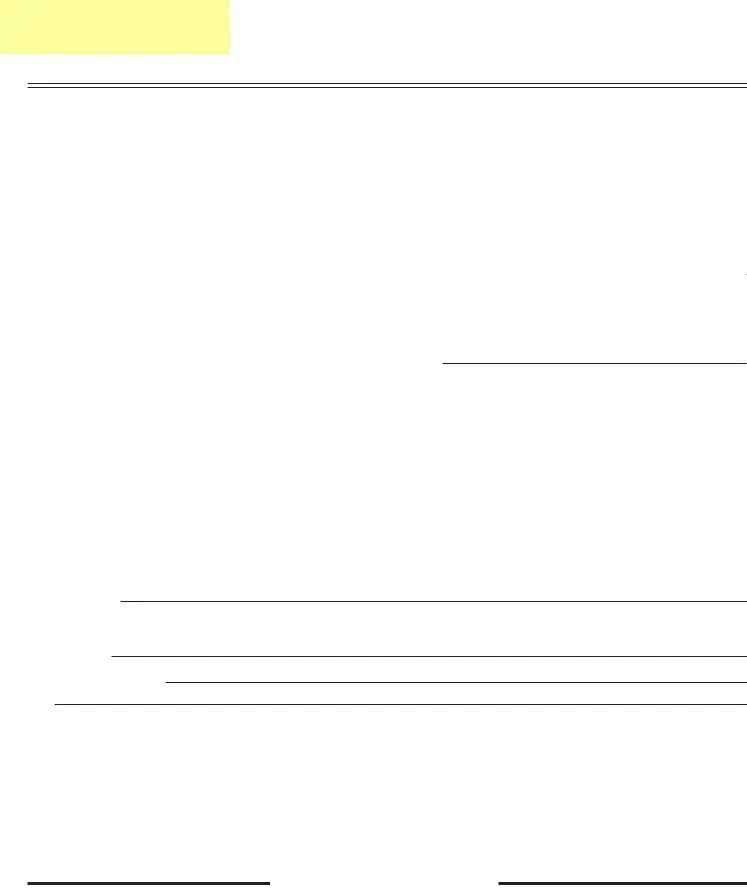What is the Alabama 409 form and who should use it?
The Alabama 409 form is a document designed for Alabama Medicaid Pharmacy Override Requests. It is used by prescribers who wish to request an override for standard medication policies due to special circumstances regarding a patient's treatment. These circumstances may include the need for an early refill, requests for medications over the maximum unit or cost limit, therapeutic duplications, or brand limit switch overs. Prescribers fill out this form to certify that the requested medication is necessary and meets the guidelines set by the Alabama Medicaid Agency.
How can the Alabama 409 form be filled out and submitted?
This form can be completed electronically using Adobe Acrobat Reader. Once filled out, it can then be printed and either faxed or mailed to Health Information Designs at the provided contact information. The fax number is (800) 748-0116, and the mailing address is P.O. Box 3210, Auburn, AL 36832-3210. It's important for prescribers to ensure that all required sections are accurately completed to avoid delays in the processing of their request.
What information is required on the Alabama 409 form?
Required information includes patient details (name, Medicaid number, date of birth, phone number, and if they reside in a nursing home), prescriber information (name, license number, NPI number, phone and fax numbers, and address), dispensing pharmacy details (NPI number, NDC number, quantity requested, phone and fax numbers), and clinical information regarding the override request. Specific reasons for the request such as early refill, therapeutic duplication, or others must be indicated, along with any supporting documentation.
What are the reasons a prescriber might need to fill out this form?
A prescriber may need to fill out this form for several reasons related to the patient's medication needs that cannot be met under the standard Medicaid policies. These reasons include but are not limited to early medication refills, exceeding the maximum units or cost allowed by Medicaid, the need for therapeutic duplication, or when a specific brand is required instead of a generic equivalent due to medical reasons.
Is supporting documentation always required when submitting the form?
While not every section requires supporting documentation to be attached, it is crucial for the prescriber to provide it when the request involves early refills, therapeutic duplication, brand limit switch overs, and for requests concerning maximum unit or maximum cost overrides. The documentation should provide sufficient medical justification for the override request.
What happens after the Alabama 409 form is submitted?
Once submitted, the form is reviewed by Health Information Designs, which will decide on the override request. The decision can result in the request being approved, denied, or modified based on the information provided. The reviewer’s signature, along with the response date and any comments, will be added to the form. Prescribers and patients should wait for this decision to understand the outcome of their request.
Can a request be resubmitted if it is denied?
Yes, if a request is denied, a prescriber can resubmit the form. However, it is recommended to include additional information or clarification that addresses the reason for the initial denial. Understanding why the request was not approved the first time can help avoid a repeated denial.
Where can I find more information on completing and submitting the Alabama 409 form?
For detailed instructions and additional information on the 409 form, prescribers and patients can visit the Alabama Medicaid Agency website at www.medicaid.alabama.gov. This site provides comprehensive guidance, updates, and resources to help with the completion and submission of the override request form.
